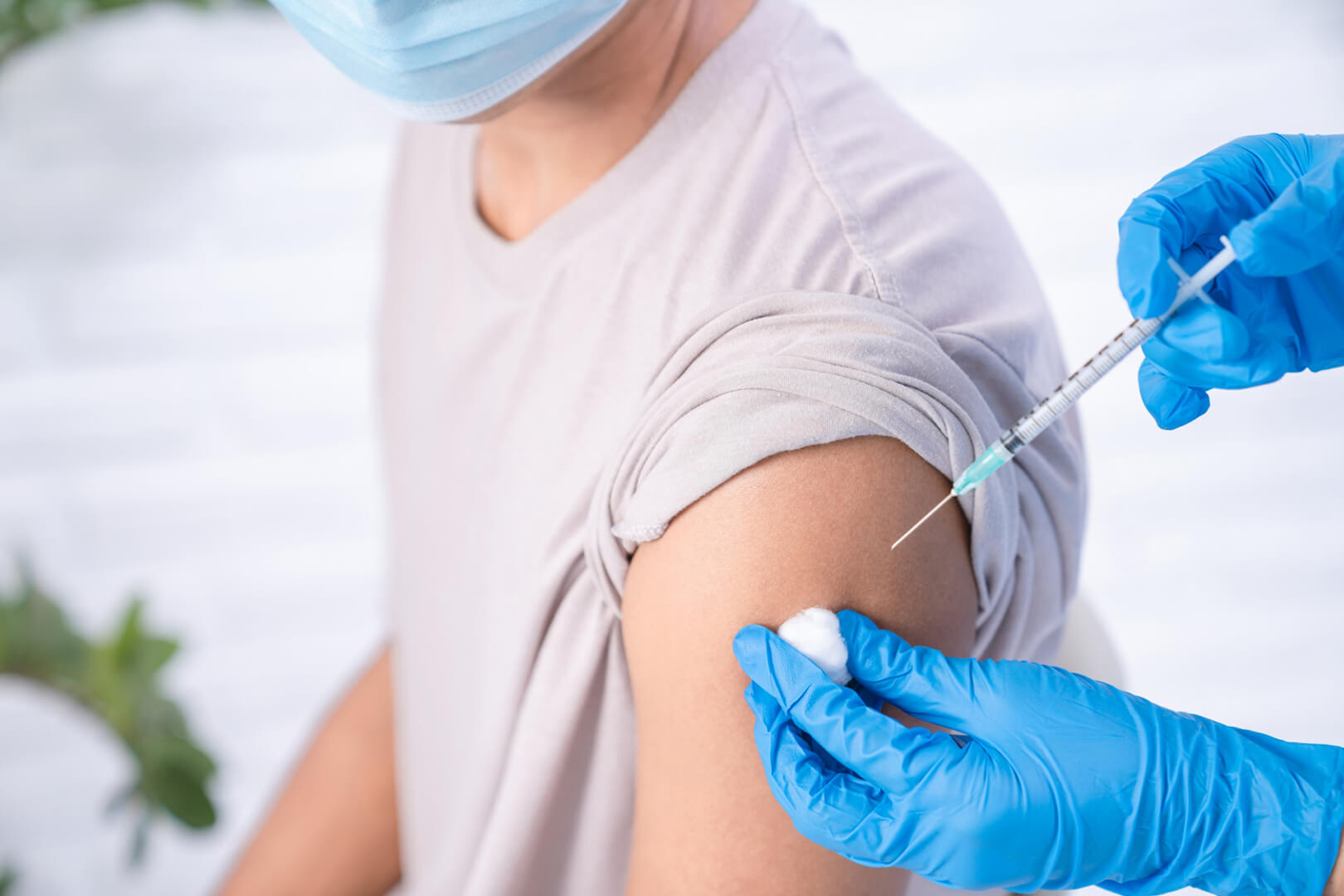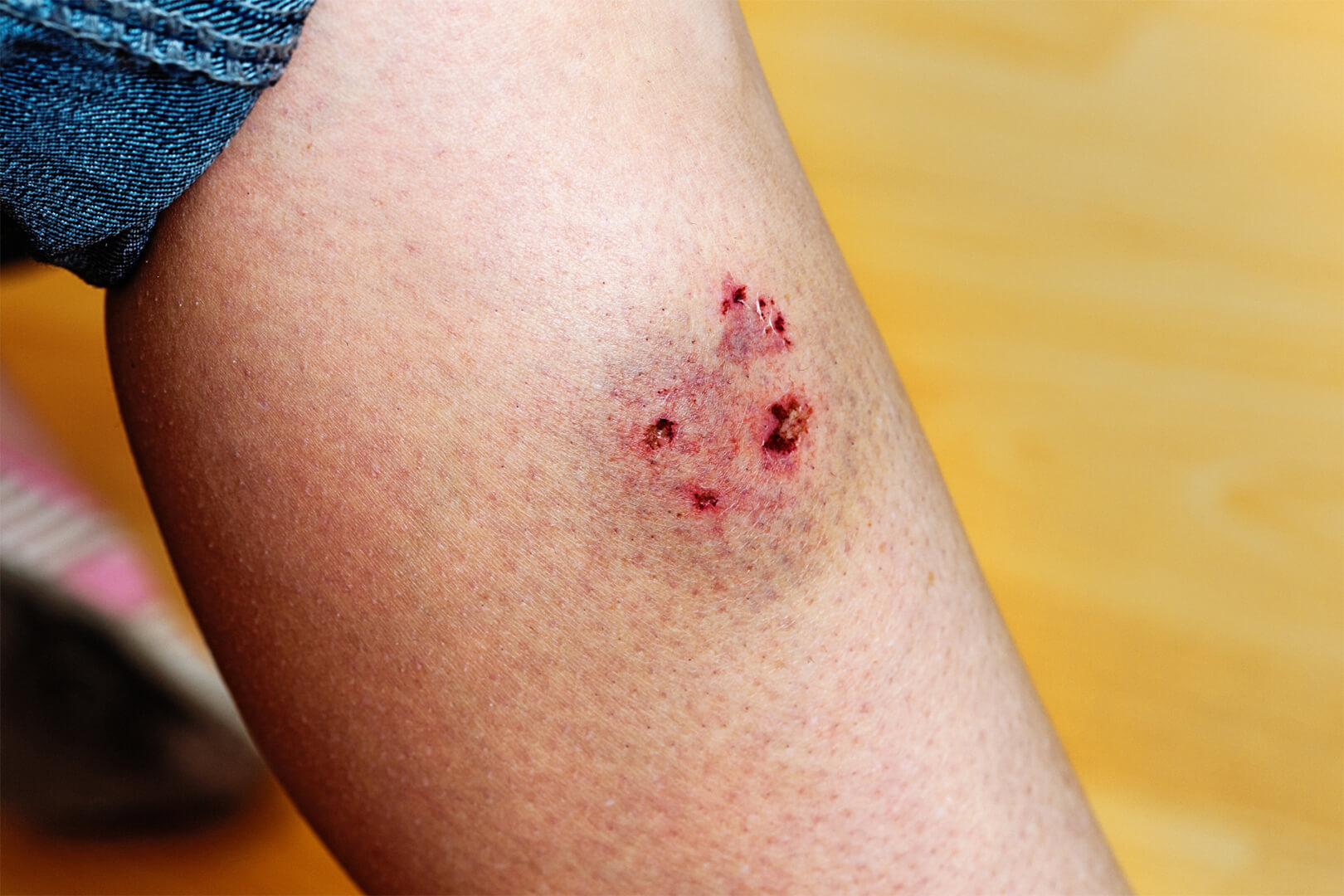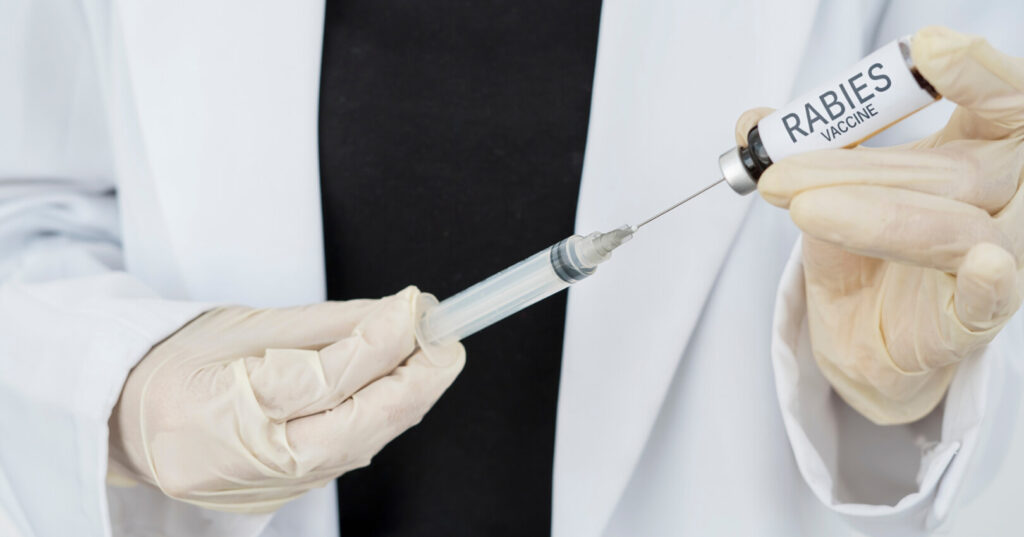Understanding the rabies vaccine schedule is crucial for those who may be at risk of exposure to this deadly virus. In many cases, pre-exposure vaccination involves receiving two doses, which can protect individuals for up to three years. This streamlined approach has been recently adopted, making it easier to ensure protection against rabies without a lengthy vaccination timeline.
Post-exposure prophylaxis is also a key aspect of rabies prevention. For those previously vaccinated, the post-exposure process includes administering two doses of the vaccine, three days apart. On the other hand, individuals who have not been pre-vaccinated must follow a more detailed schedule to ensure safety. Understanding these differences can greatly impact the effectiveness of the treatment.
Both pre-exposure and post-exposure prophylaxis play vital roles in rabies prevention. Knowing the correct schedule and what to expect provides peace of mind and a proactive approach to health. For those planning travel to regions where rabies is prevalent, awareness and proper vaccination are imperative to stay safe.
RABIES VACCINE OVERVIEW
Rabies vaccines provide crucial protection against the rabies virus, which can be fatal if untreated. They are designed to boost immunity either before or after potential exposure.

VACCINE EFFICACY
Rabies vaccines are known for their high efficacy. They are designed to prevent the development of rabies after exposure to the virus. The World Health Organization emphasizes that the vaccines must be administered promptly to maximize protection.
A pre-exposure prophylaxis (PrEP) regimen generally requires two doses for adequate protection, replacing the formerly standard three-dose series. Post-exposure prophylaxis (PEP) includes a series of injections beginning on the day of exposure. This schedule is critical for preventing the onset of symptoms.
TYPES OF RABIES VACCINES
Two main types of rabies vaccines are available: cell culture vaccines and embryonated egg-based vaccines. Cell culture vaccines are commonly used and include human diploid cell vaccines (HDCV) and purified chick embryo cell vaccines (PCECV). These are administered intramuscularly.
Vaccines injected into the deltoid muscle are standard for adults, while children under two years may receive injections in the anterolateral thigh. These types of vaccines are available in various formulations, ensuring options for individuals with different health needs. Vaccination schedules and administration methods ensure the highest level of safety and effectiveness.
PRE-EXPOSURE PROPHYLAXIS SCHEDULE
Pre-exposure prophylaxis is crucial for individuals at increased risk of rabies exposure. This includes specific groups who may benefit from a well-defined vaccination schedule and guidelines for booster doses and serological testing.

VACCINATION SCHEDULE FOR HIGH-RISK GROUPS
For those in high-risk categories, including veterinarians, animal handlers, and travelers to rabies-endemic areas, pre-exposure vaccination is advised. The standard regimen typically involves a series of three intramuscular doses. These are administered on days 0, 7, and 21–28, ensuring adequate immune response.
The Centers for Disease Control and Prevention (CDC) now endorse a two-dose series for immunocompetent adults, aiming at days 0 and 7. This recommendation seeks to streamline the process while maintaining protective efficacy. Administration in the deltoid muscle is standard for adults, while the anterolateral thigh is appropriate for younger children.
BOOSTER DOSES AND SEROLOGICAL TESTING
For continuous protection, especially among individuals with persistent risk, booster doses may be necessary. Monitoring antibody levels through serological testing is essential to determine the need for boosters. The CDC suggests checking titers every six months for those with regular exposure to rabies.
If antibody levels fall below acceptable thresholds, a booster dose should be administered to increase immunity. Each case should be assessed individually, considering factors such as risk level and duration of potential exposure. This approach ensures that the individual maintains adequate protection over time.
POST-EXPOSURE PROPHYLAXIS GUIDELINES
Post-exposure prophylaxis (PEP) for rabies is vital in preventing the virus after potential exposure. The process involves immediate wound care and systematic vaccine administration, differing slightly for those previously vaccinated.

IMMEDIATE WOUND CARE
Immediate wound care is crucial. Cleaning the wound thoroughly with soap and water can significantly reduce infection risk. It is recommended to use water at a substantial pressure for about 15 minutes. Applying an antiseptic can further decrease the virus’s viability. WHO states that this initial step is critical and should not be deferred, as the virus is highly sensitive to washing and chemical agents. A thorough and prompt approach can be pivotal in influencing the overall effectiveness of PEP.
VACCINE ADMINISTRATION FOR UNVACCINATED INDIVIDUALS
For those unvaccinated, the rabies post-exposure vaccination schedule typically involves administering a 1 mL dose of rabies vaccine into the deltoid muscle of adults. Children aged 2 years and older receive similar treatment, with younger children requiring injection into the anterolateral thigh. The vaccine is given on Days 0, 3, 7, and 14. In certain cases, a dose on Day 28 is included, particularly if there are concerns about the individual’s immune response. Adhering to the schedule is essential for ensuring effective immunity development against the virus.
PROTOCOLS FOR PREVIOUSLY VACCINATED PERSONS
Individuals who have previously received complete pre- or post-exposure rabies vaccinations follow a modified PEP protocol. They require only two booster doses administered on Days 0 and 3. No Rabies Immunoglobulin (RIG) is necessary in these cases. The objective is to rapidly boost the immune response, leveraging the existing memory cells from prior vaccination. Even with a prior vaccine, immediate wound care remains a critical initial step in the response to exposure. Prompt action paired with the adjusted vaccine schedule ensures effective protection.

